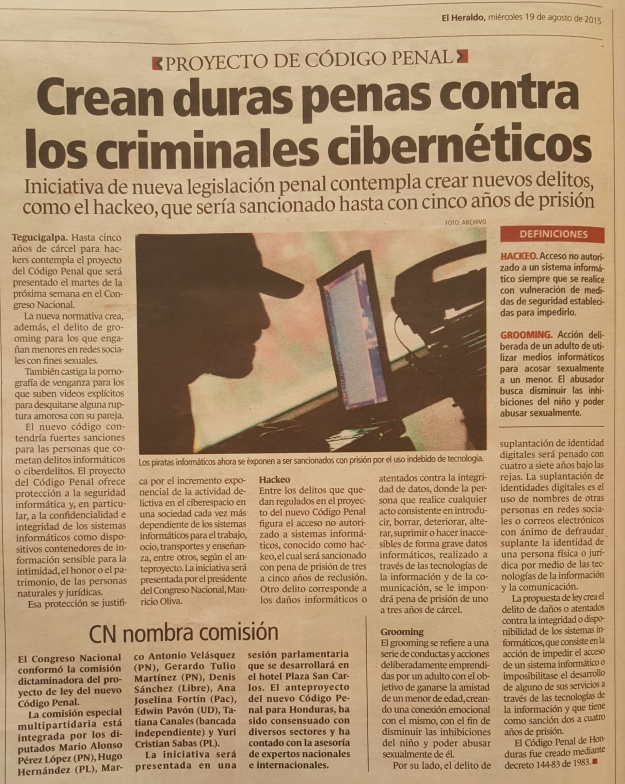So you want to access the Runkeeper’s API with HTTParty Gem. Well, this article is for you.
This is how I did it. Hope it helps you.
1. Register you web application and get your Client ID and Secret form Runkeeper’s Partner Portal Web Site
2. Generate your access token
To generate your access token, you have to run the following command in terminal window:
a. gem install launchy rack
b. Run bundle install
b. CLIENT_ID=“your Client ID” CLIENT_SECRET=“your Client Secret”
AUTHORIZATION_URL=“https://runkeeper.com/apps/authorize”
ACCESS_TOKEN_URL=“https://runkeeper.com/apps/token” token_generator
—- note: this is a one line command —-
c. The command will open a browser window with Runkeeper’s website login
d. Return to your terminal windows and your token will be displayed if your login was successful
Check this website where I found the procedure: http://www.vinnycoyne.com/post/56247548995/send-jawbone-up-sleep-data-to-runkeeper
3. Add following line to add HTTParty gem in your Gemfile
gem ‘httparty’
From a terminal windows run the command: bundle install
This will install latest version of HTTParty Gem
4. I recommend you to check the following site for further information on HTTParty and Runkeeper’s API example calls
a. http://www.rubydoc.info/github/jnunemaker/httparty/HTTParty/ClassMethods
b. https://runkeeper.com/developer/healthgraph/example-api-calls#top
5. Modify your routes. Add a activity resource for this example. You can modify to suite your needs.
resources :activities
6. Create your controller with the following code:
class ActivitiesController < ApplicationController
def index
@user = Activity.grab_user
@activities = Activity.grab_activities
end
end
7. Create a environment variable with your token code
Add the following to your .bash_profile
export RUN_KEEPER_TOKEN=”xxxxxxxxxxxxxxxxxxxxxxxx”
replace “xxxxxxxxxxxxxxxxxxxxxxxx” with your token code
8. Create your model with the following code:
class Activity
include HTTParty
hostport = “api.runkeeper.com”
base_uri “http://#{hostport}”
format :json
def self.grab_user
headers ‘Authorization’ => ‘Bearer ENV[“RUN_KEEPER_TOKEN”]’, ‘Accept’ => “application/vnd.com.runkeeper.User+json”
get(“/user”)
end
def self.grab_activities
headers ‘Authorization’ => ‘Bearer ENV[“RUN_KEEPER_TOKEN”]’, ‘Accept’ => “application/vnd.com.runkeeper.FitnessActivityFeed+json”
get(“/fitnessActivities”)[“items”]
end
end
9. Create your view file as follows (index.html.erb):
<table>
<thead>
<tr>
<th>Type</th>
<th>Start Time</th>
<th>Total Distance</th>
<th>Duration</th>
</tr>
</thead>
<tbody>
<% @activities.each do |activity| %>
<tr>
<td><%= activity[“type”] %></td>
<td><%= activity[“start_time”].to_s %></td>
<td><%= activity[“total_distance”].to_i / 1000 %> Kms</td>
<td><%= activity[“duration”] %></td>
</tr>
<% end %>
</tbody>
</table>
Enjoy!!
Keep in mind that for the HTTParty to work properly you have to change the headers depending on the resource you are accessing.
Please leave your comments.


